Centrally located in the Mediterranean, Italy isn’t the first place that comes to mind when you think of snow and winter activities. However, due to its varied climate, this country actually boasts a secret, seasonal world.
This guide will help you defy the stereotype of a warm, sunny Italy and explore winter in the country. Enjoy the Italian cold and let the adventure and natural beauty complement the country’s historic cultural tapestry.
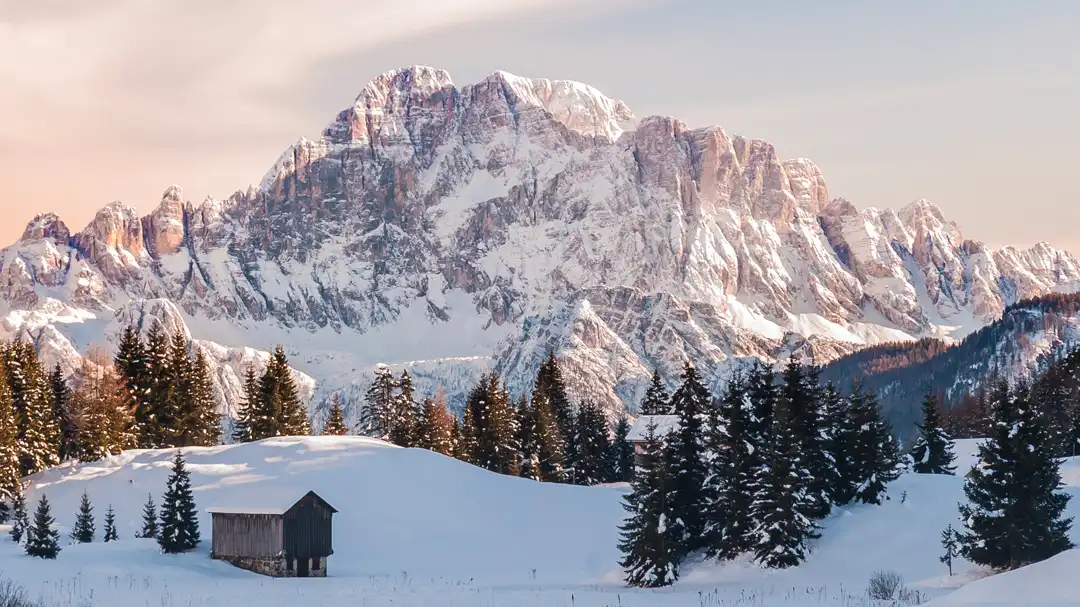
Where Does It Snow in Italy?
1. The Italian Alps and Dolomites: Snow Paradise
Aosta Valley: Nestled in the northwestern part of Italy, this region is renowned for its dramatic alpine scenery. Snow blankets the area from November to April, providing perfect conditions for winter sports. You can explore charming villages and cozy lodges.
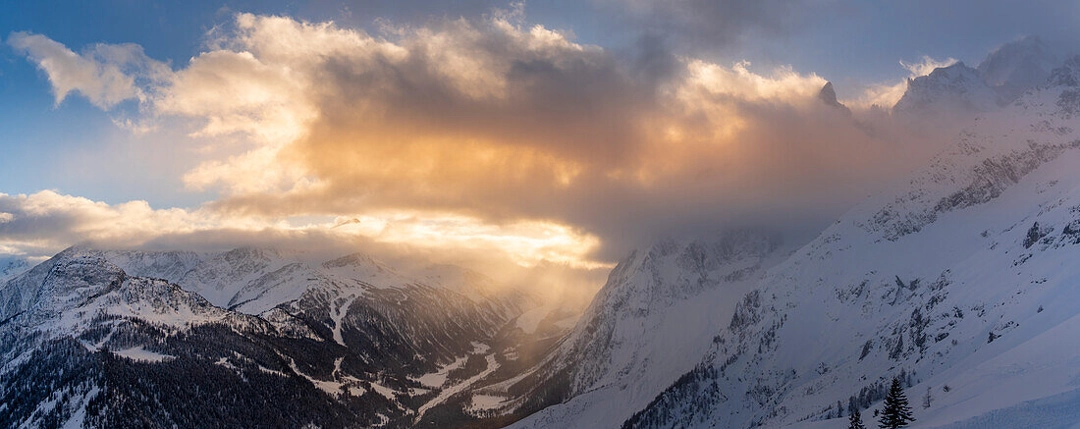
South Tyrol: Offering a fascinating blend of Austrian and Italian cultures, this area boasts majestic peaks and well-groomed slopes. The picturesque landscapes are perfect for skiing or simply enjoying the snow-clad vistas.
Lombardy: Home to stunning mountain views and reliable snow, this region is a favorite for both winter sports enthusiasts and those seeking peaceful mountain retreats.
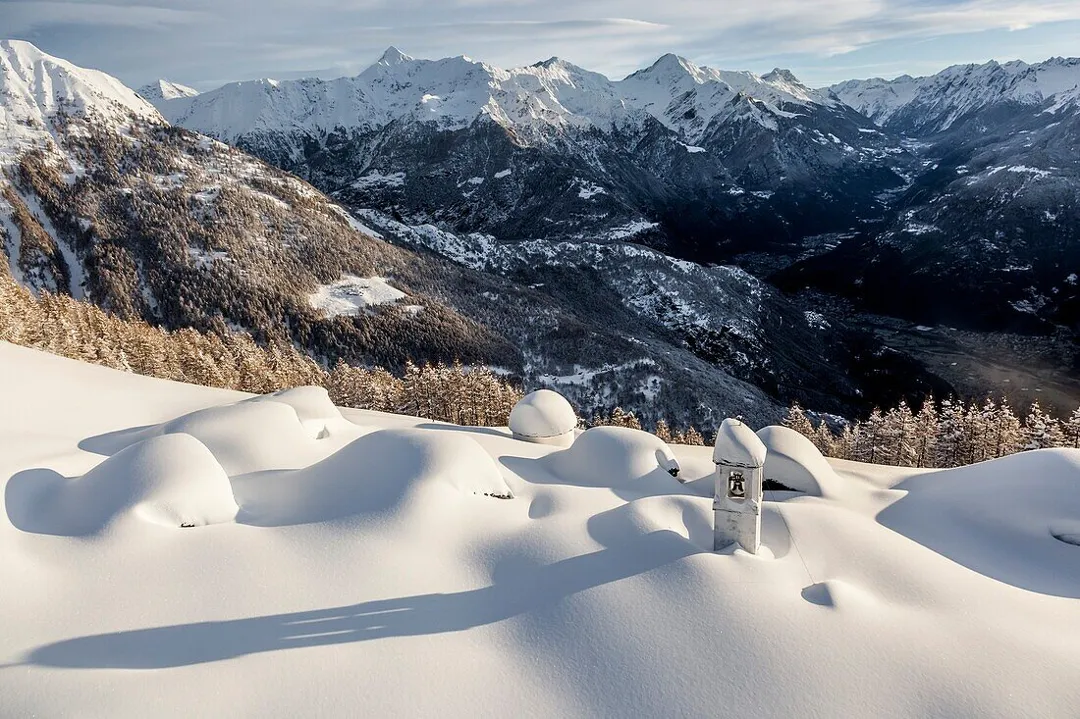
Veneto: Known for the glamorous Cortina d’Ampezzo, Veneto offers world-class skiing and a vibrant après-ski scene. The Dolomites provide a scenic backdrop, making it a sought-after winter destination.
2. Northern Cities and the Po Valley: Occasional Urban Snow
Milan: This bustling fashion capital occasionally dons a winter coat of snow, transforming its iconic architecture. When the snow falls, the city buzzes with a unique energy, and locals bundle up in stylish winter gear.
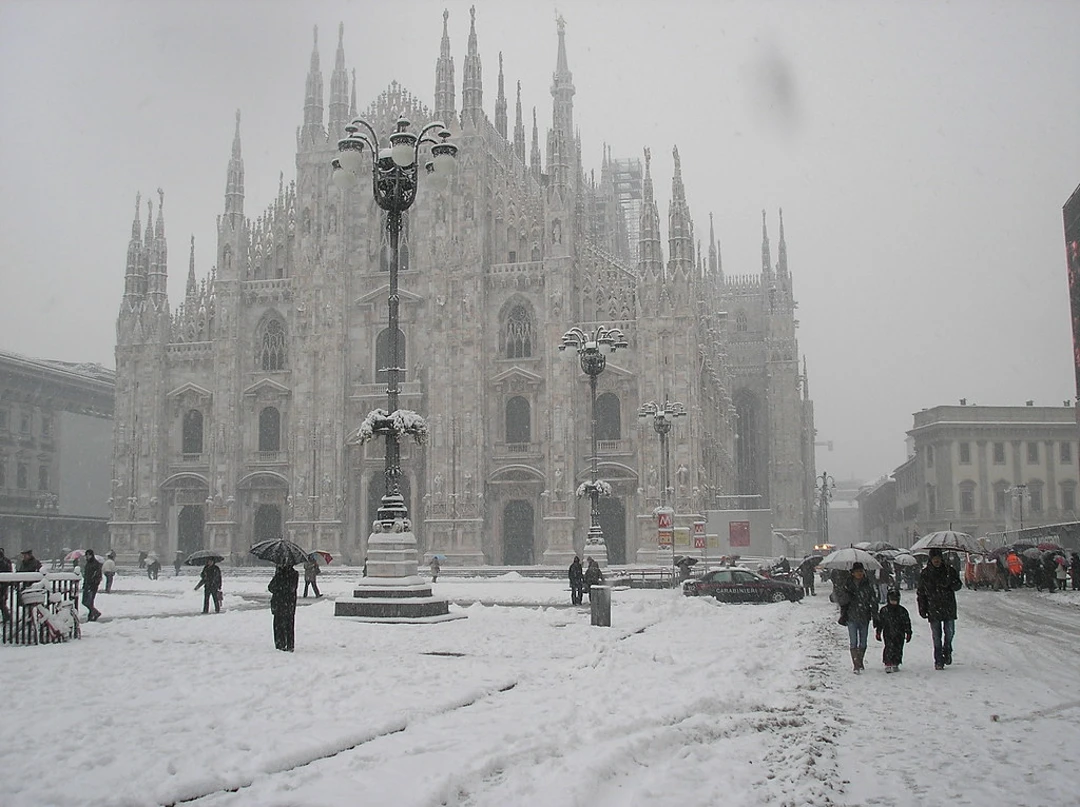
Turin: Known for its grand boulevards, Turin gets dusted with snow now and then. Navigating the city is easy thanks to an efficient transport system, even in snowy weather.
Bologna: With its red-brick architecture, Bologna becomes even more enchanting with a rare snowfall. It’s wise to be prepared for sudden weather changes, as the city can surprise you with its wintery charm.
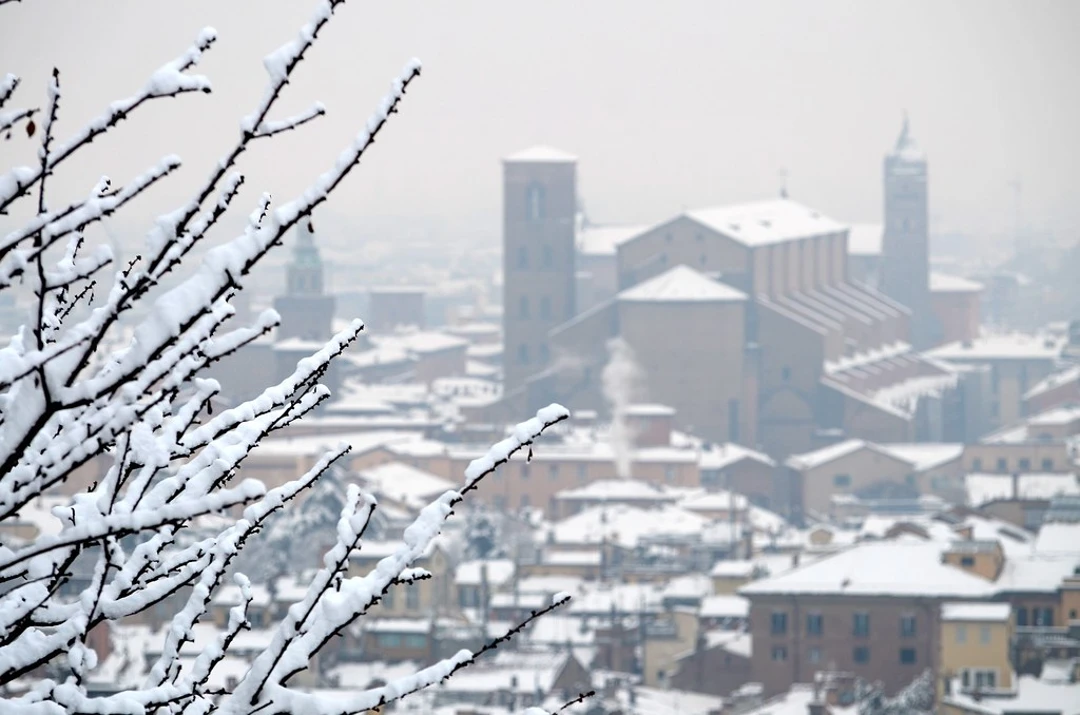
3. Central Italy and the Apennines: Hilltop Snowfalls
Siena: Characterized by its medieval architecture, Siena occasionally experiences snow, offering a unique way to explore its historic streets under a white canopy.
Assisi: Spirituality meets winter wonder in Assisi, where snow sporadically graces the hilltop town, adding a serene backdrop to its sacred sites.
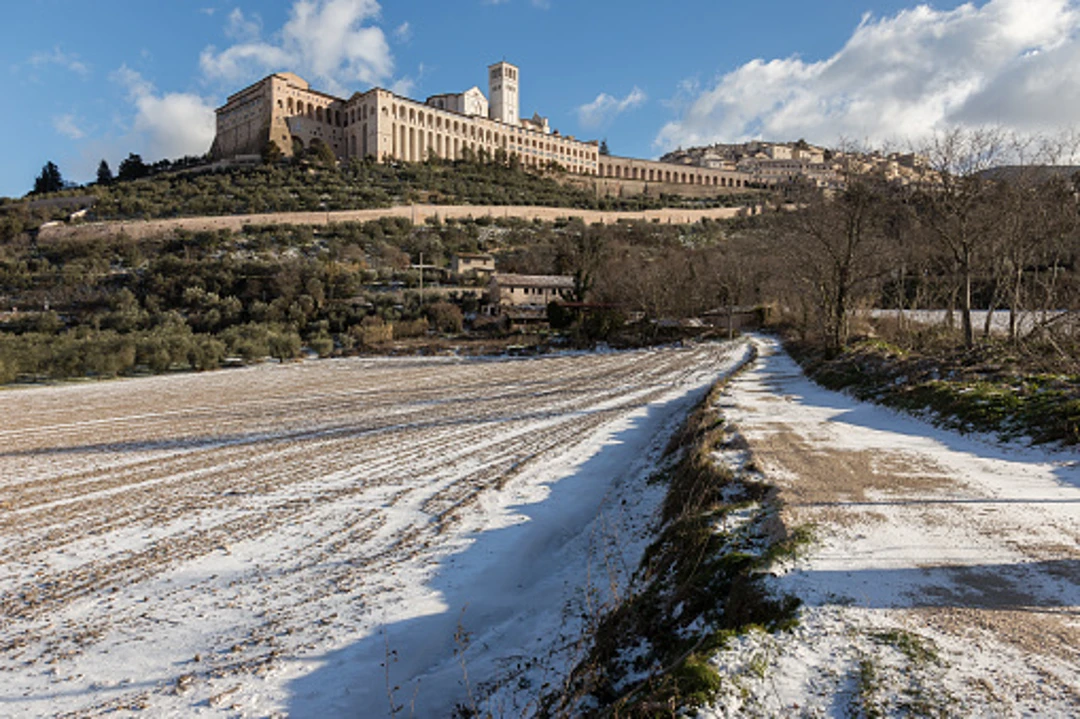
L’Aquila: Located in the heart of the Apennines, L’Aquila receives periodic snowfalls, creating picturesque settings perfect for winter photography and quiet contemplation.
4. Southern Italy and Islands: Rare But Real
Naples: Snow in Naples is an uncommon but magical event. When it happens, the bustling city slows down, and locals savor the rare beauty as rooftops and ancient streets turn white.
Calabria: Known for its sunny weather, Calabria can occasionally surprise with snowfall, especially in the mountainous areas, offering a rare winter treat in the south.
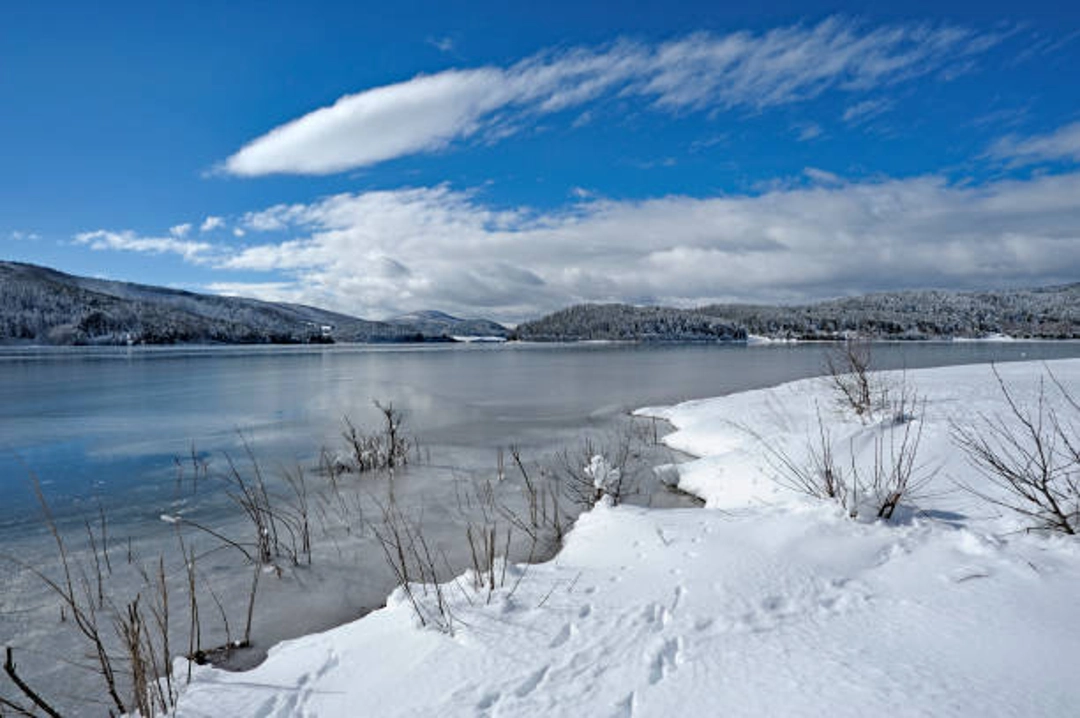
Palermo: Snow is a rare sight in this vibrant Sicilian city, but it does occasionally dust the heights of nearby peaks, providing a unique backdrop to the city’s bustling lifestyle.
Mount Etna: This iconic volcano offers the extraordinary experience of skiing with a view of the sea. Snow on an active volcano makes for a memorable adventure unlike any other.
Best Times for Snow Activities in Italy
Higher altitudes in Italy are snowbound from late November to early April. These months offer the most consistent conditions for winter sports enthusiasts.
If you’re planning a trip specifically for snow activities, aim for January and February as these months are typically when the snow is at its best and most abundant across Italy’s ski resorts.
Best Places for Snow Activities in Italy
1. Cortina d’Ampezzo – The Queen of the Dolomites
Nestled in the Veneto region, Cortina d’Ampezzo is famed for its stunning alpine scenery and glamorous appeal.
Dive into skiing or snowboarding along with a luxurious side of shopping and fine dining. Don’t miss the breathtaking gondola rides offering spectacular views.
2. Val Gardena – Scenic Slopes and Ladin Culture
Located in South Tyrol, Val Gardena is surrounded by the Dolomites, a UNESCO World Heritage Site offering vast ski areas.
Explore the Dolomiti Superski terrain, enjoy peaceful snowshoeing, and immerse in Ladin cultural heritage through local tours and rifugi visits.
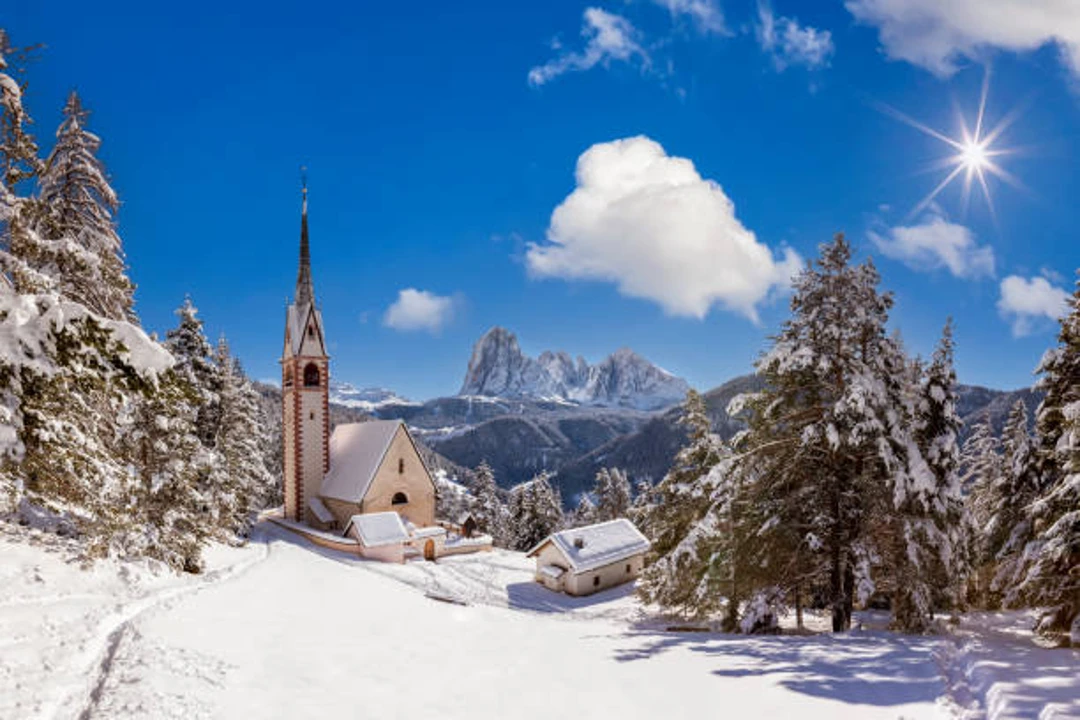
3. Courmayeur – Mont Blanc’s Alpine Jewel
Situated at the base of Mont Blanc in the Aosta Valley, Courmayeur is famed for its panoramic vistas and thrilling alpine activities.
Enjoy off-piste skiing, try snow trekking, unwind in thermal spas, and don’t miss the Skyway Monte Bianco cable car for awe-inspiring views.
4. Roccaraso – Central Italy’s Hidden Ski Hub
In the Abruzzo region, Roccaraso stands out as a family favorite with its welcoming atmosphere and extensive ski terrain.
Engage in skiing, snowboarding, and sledding among tranquil, less crowded slopes, making it ideal for a cozy family escape with top-notch ski schools.
5. Bormio – Thermal Baths and Alpine Sports
Set in Lombardy’s Valtellina Valley, Bormio combines great skiing with restorative thermal baths, part of its medieval charm.
Participate in downhill skiing, rejuvenate in its historic hot springs and explore the alpine architecture that dots this quaint town.
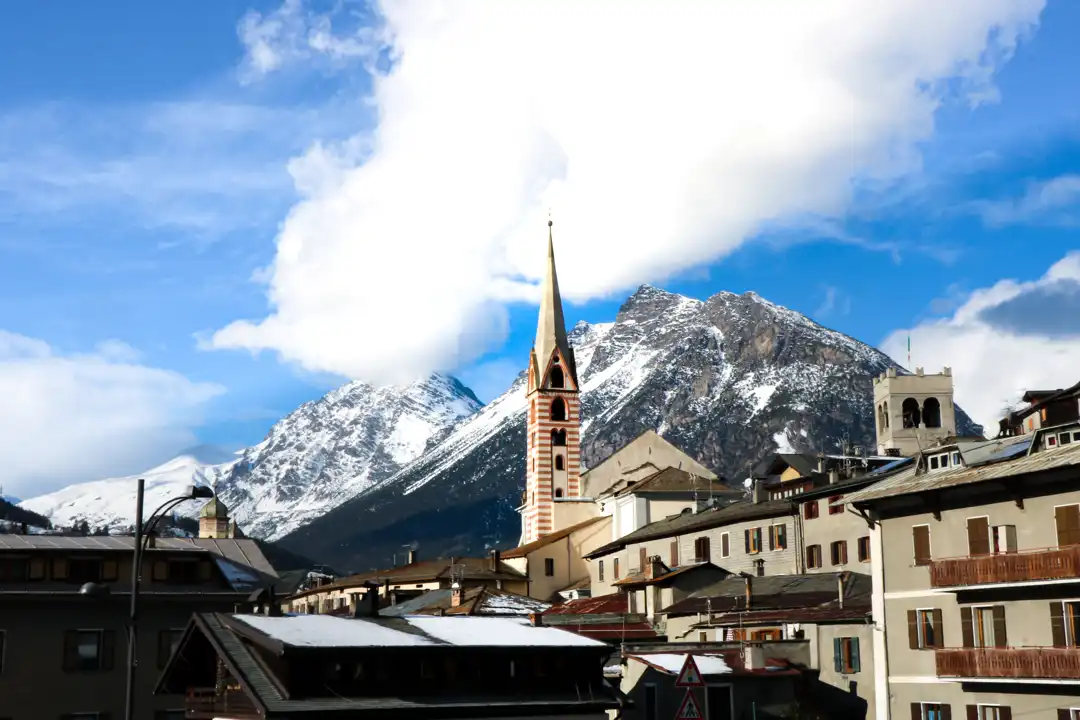
6. Mount Etna – Skiing on an Active Volcano
Skiing down Mount Etna’s unique slopes offers a thrilling view of the Ionian Sea, adding an extra layer of excitement to the adventure.
Tour the volcano for an unforgettable experience, where snow meets the dramatic landscapes of an active volcano.
7. Abetone – Tuscany’s Winter Getaway
This popular ski area in the Tuscan-Emilian Apennines offers a delightful retreat close to Florence.
Revel in alpine and cross-country skiing, sled down pristine tracks, and savor delightful mountain dining experiences.
8. Bolzano – Snowy Markets and Cultural Mix
Bolzano is the perfect launch point for nearby snowy adventures, enriched with its festive markets and delicious Tyrolean food.
Spend time at local markets, sample hearty regional dishes, and venture out for day trips to nearby alpine slopes.
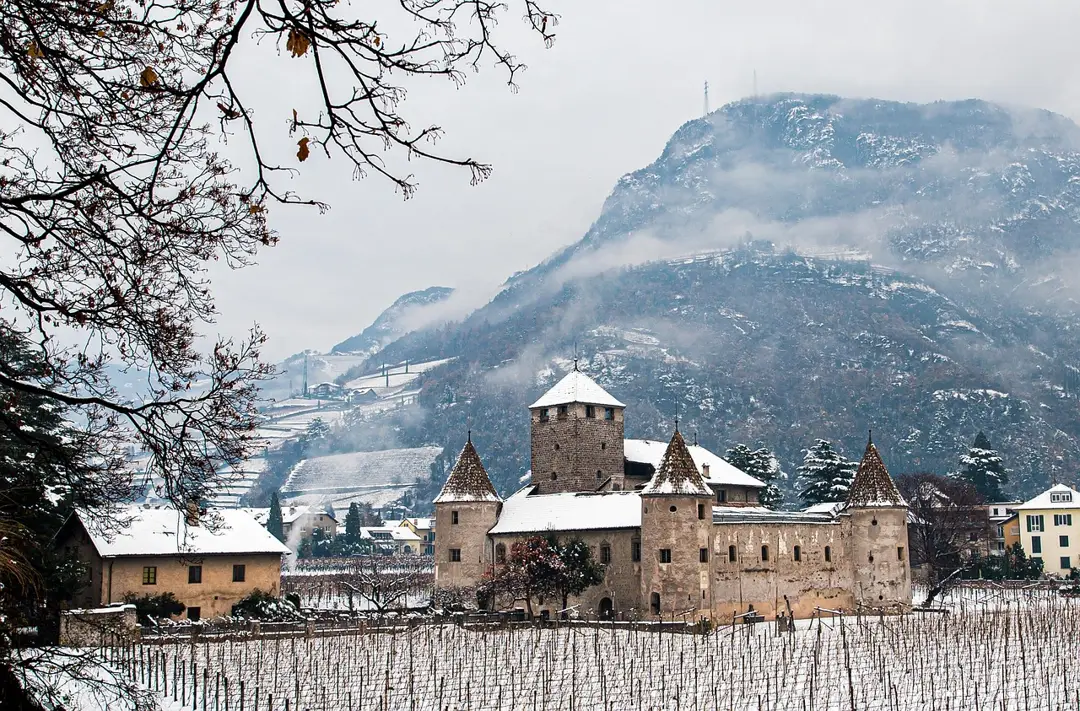
9. Merano – Wellness and Winter Strolls
Known for its wellness focus, Merano is ideal for those who appreciate snow-coated scenery from a relaxed perspective.
Walk through winter wonderlands, snowshoe along peaceful paths, indulge in its celebrated thermal spas, and enjoy the old-town ambiance.
What to Wear for Winter in Italy
In cities:
Stylish Yet Practical Outfits: Italians are known for their impeccable style, so dressing fashionably is a must, even in the winter. Opt for layers that are both chic and functional to keep warm while blending in with the local flair.
Waterproof Shoes or Boots: Urban areas can get slushy and wet, so stylish waterproof footwear is essential for navigating the streets comfortably.
Scarves, Gloves, and a Warm Hat: Accessories play a dual role, adding a stylish touch to your outfit while keeping you protected from the cold. Choose items that complement your look while being practical for the weather.
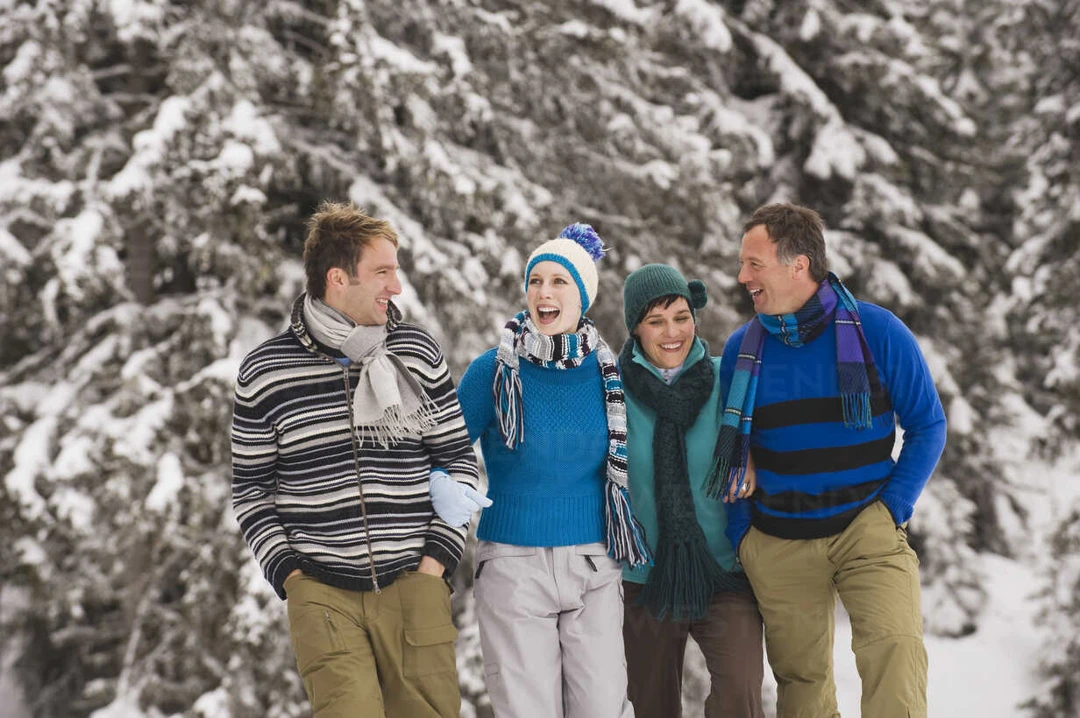
In mountain/snowy regions:
Heavy-Duty Winter Gear: In regions prone to heavy snow, like the Alps, you’ll need a proper down jacket and reliable snow boots. Thermal wear is also critical to remain warm during outdoor activities.
Performance Outerwear for Skiers and Snow Adventurers: If you’re hitting the slopes, bring or rent specialized ski gear to ensure maximum comfort and safety on the mountains.
Packing Tips: Consider bringing wool socks and hand warmers for extra warmth. Packing in layers gives you the flexibility to adapt to rapid weather changes, ensuring comfort throughout your adventures.
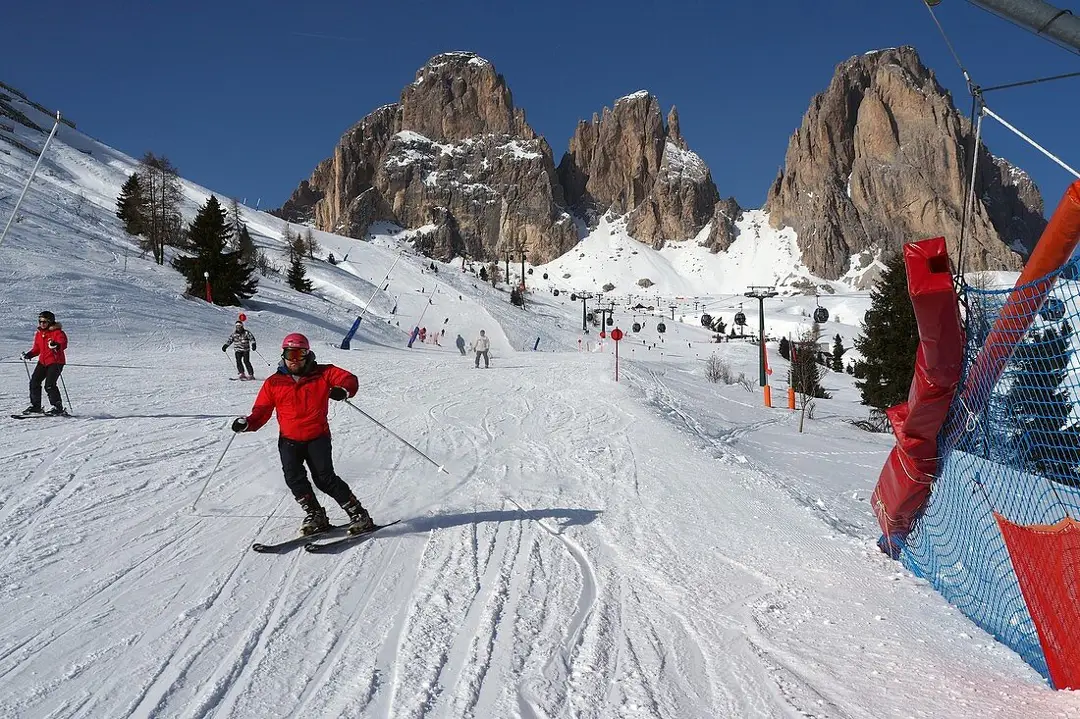
Snow Travel Tips for Italy
Prepare for Diverse Weather: Italy has a diverse range of climates, including Mediterranean, and alpine. Know the weather in the region you are visiting so you pack accordingly.
Plan Around the Snow: Snow is most common in the mountains during January and February, when the ski conditions are excellent. If you’ll be in Milan or Turin, watch the weather for the chance of snowfall.
Transportation Tips: Travel to city is usually not a problem during the winter, though you should check road conditions if you’re heading somewhere snowy.
Book Accommodations Early: During winter, skiing is one of the most popular pastimes for tourists, from Christmas through to the end of March, and shelter often gets full, so book in advance.
Respect Nature’s Pace: When it snows, cities and towns can come to a screeching halt, so lower your expectations for moving quickly and embrace the scene as it moves to a winter wonderland.
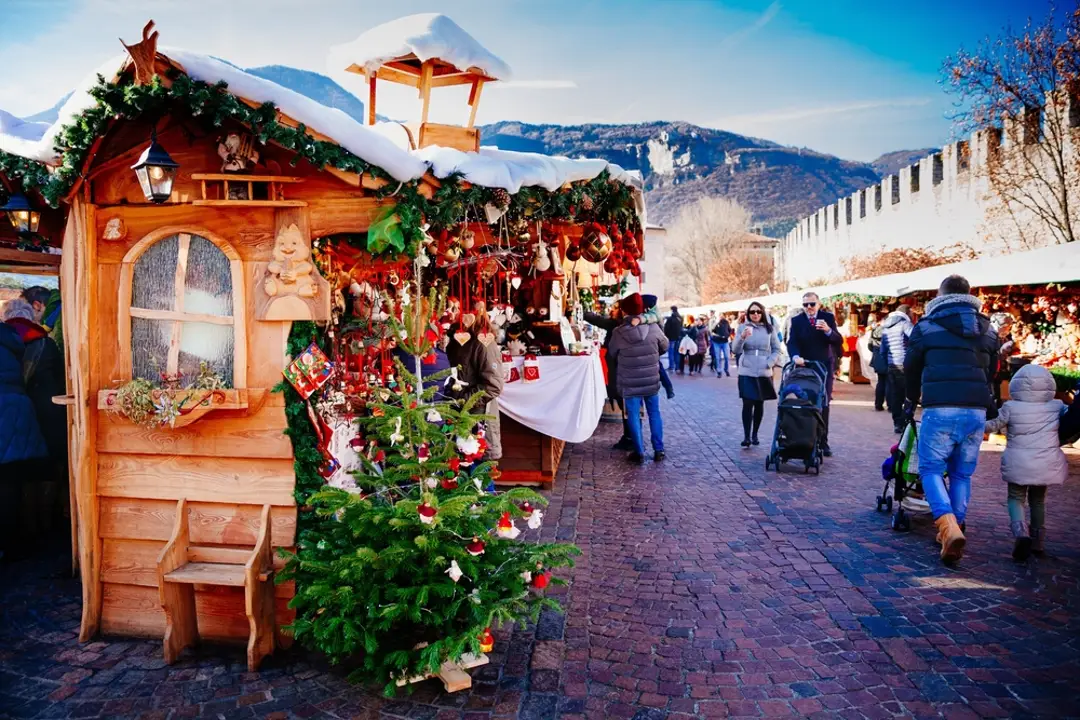
Safety First: Put safety first on the mountains; make sure your equipment can handle the challenging conditions. Follow the advice from local ski schools or guides, especially if you’re unfamiliar with snow.
Adapt to Local Customs: In towns that go to bed early in the winter, you may find dinnertime shifts earlier and businesses closing at seemingly strange times. Enjoy the slower pace and go with the flow. You’ll have a much more authentic experience.
Sustainability Consciousness: Be respectful of natural landscapes, and choose eco-friendly lodging and tours. It helps protect the surrounding environment, and it forms a sustainable travel story.
Flexible Itinerary: Weather can change quickly, so always have a back-up with indoors or a contingency plan. Be flexible and if necessary, indoor activities, such as museums, are a perfect plan B!
FAQs
1. How cold does it get in Italy during winter?
Northern areas are cold with temperatures that can fall below freezing, while the center and south have warmer weather.
2. Are there any cultural events in Italy during winter?
Yes, Italy holds many winter festivals as well, including Christmas markets and festivals celebrating local traditions and cuisine.
3. What activities can non-skiers enjoy in Italian winter destinations?
Non-skiers can also take advantage of snowshoeing, winter hikes, thermal baths, and historic towns and cultural attractions.
4. Can I rent ski equipment in Italy?
Yes, most ski resorts have places where you can rent everything from skis and snowboards to all the other gear you’ll need.
5. What are some must-try winter drinks in Italy?
In winter, mulled wine and Italian hot chocolate are the best drinks to warm you up.
6. Are there any special winter markets in Italy?
Yes, Bolzano and other towns have some festive Christmas markets too, for local crafts and foods.
Conclusion
Winter in Italy is a delightful time for snow and non-skiers alike. Whether you’re marveling at the majestic Alps, skiing Mount Etna, experiencing snow in Milan and Turin, or just lounging in the Tuscan Apennines, there’s something here for everyone.
The great thing about Italy is how unique all the regions are, providing a wide range of environments. So, whether you love to ski, or just want to cradle a hot cup of mulled wine, head to the Italian mountains this winter for an adventurous getaway.
